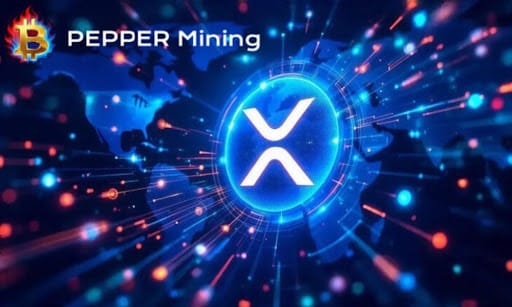Binance Founder CZ Dismisses Peter Schiff's Tokenized Gold Plan as Trust Based Asset

Binance co-founder Changpeng Zhao criticized Peter Schiff's tokenized gold product announcement on Thursday. According to Cointelegraph, CZ called the project a "trust me bro" asset. He posted on X that tokenized gold depends entirely on third-party custody. The former CEO explained that these tokens represent promises rather than actual on-chain gold.
Schiff revealed his tokenized gold plans during the ThreadGuy podcast. The long-time Bitcoin critic and gold advocate outlined a blockchain-based platform. Users will buy and store gold in vaults through a mobile application. The system allows ownership transfers via blockchain or physical gold redemption. Schiff plans to offer debit cards linked to gold holdings.
CZ warned that this model requires trusting custodians for decades. He questioned whether third parties will honor promises during management changes or wars. The Binance founder stated this dependency explains why gold-backed tokens never gained traction. CZ wrote that tokenizing gold does not create genuine on-chain ownership.
Gold Market Crash Adds Context to Tokenization Debate
The tokenized gold discussion emerged during a historic gold market downturn. TheStreet reported that gold lost $2.5 trillion in market value this week. The precious metal experienced its worst two-day decline since 2013. Gold prices fell from $4,374 per ounce to approximately $4,058.
Tokenized gold products mirrored the physical metal's decline. The total market capitalization of tokenized gold dropped 7% in 24 hours. Tether Gold prices decreased 4% during the same period. The crash demonstrated how digital gold tokens remain tied to physical gold prices.
Bitcoin moved differently during the gold market collapse. The cryptocurrency maintained relative stability around $108,000 to $110,000. This price action revealed distinct behavior patterns between tokenized gold and native cryptocurrencies. Bitcoin holders experienced less volatility than gold token investors during the market disruption.
We recently reported that Bitcoin reached historic highs but received minimal elite media coverage in Q2 2025. Institutional Bitcoin adoption accelerated with ETFs accumulating over $65 billion in assets. This growth occurred largely without traditional financial media attention. The contrast between Bitcoin's institutional acceptance and tokenized gold's custody concerns remains clear.
Custody Risks Shape Future of Tokenized Assets
The debate between CZ and Schiff reveals fundamental tensions in asset tokenization. Traditional gold advocates view blockchain technology as gold's digital distribution channel. Cryptocurrency proponents see centralized custody as contradicting blockchain's core purpose. This philosophical divide will shape how real-world assets integrate with blockchain networks.
Existing tokenized gold projects face similar custody challenges that CZ described. PAX Gold and Tether Gold both require users to trust institutional custodians. These tokens surpassed $1 billion in market capitalization during gold's 2025 rally. However, their growth remains modest compared to Bitcoin's $2 trillion market expansion.
The gold market crash exposed vulnerabilities in both physical and tokenized gold holdings. Investors holding tokenized gold experienced the same percentage losses as physical gold owners. They gained no protection from blockchain technology during the market downturn. The crash demonstrated that tokenization does not eliminate underlying asset volatility.
Schiff continues defending Bitcoin as worthless despite launching his blockchain gold project. He predicted Bitcoin will eventually reach zero during the same podcast appearance. The economist forecast a sovereign debt crisis that will drive gold prices beyond $4,000 per ounce. His tokenization plans reflect growing mainstream interest in blockchain technology despite continued Bitcoin skepticism.




